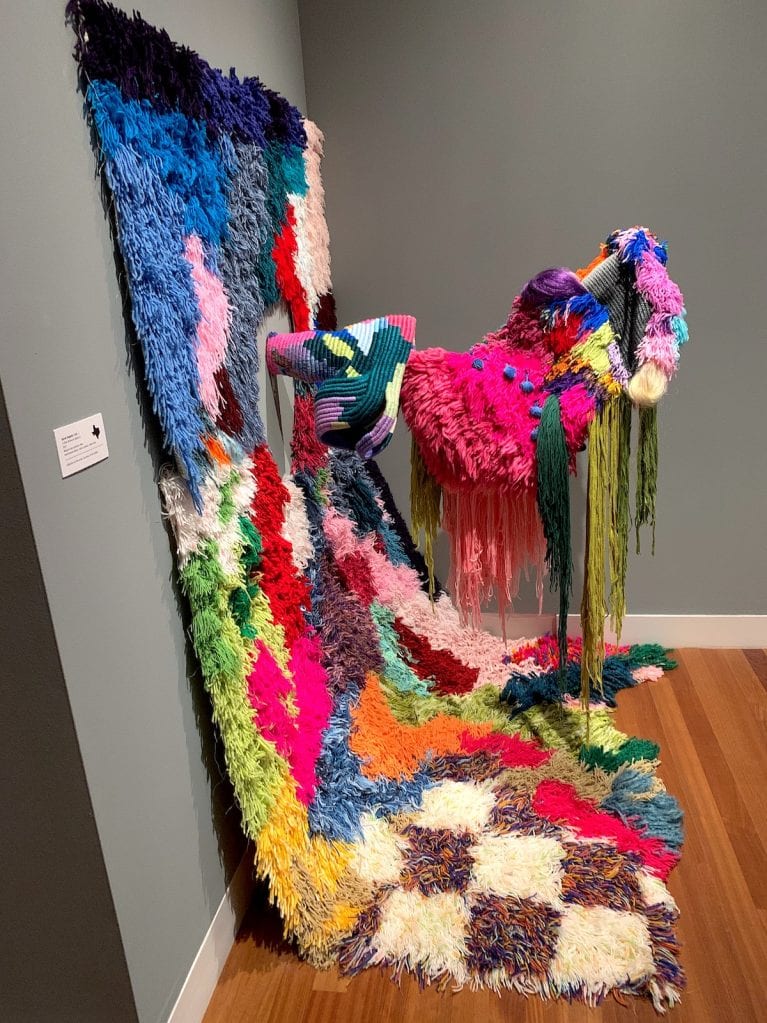Textile and fiber arts, which combine historic heritage and current invention, provide an intriguing window into artistic expression. This millennium-old art procedure combines talent and imagination, converting simple materials into exquisite masterpieces. Each stitch and weave has the weight of history, societal identities, and personal histories, making it a one-of-a-kind storytelling medium. This article goes deeper into the multifaceted tapestry of textile arts, exploring its evolution, many techniques, cultural significance, as well as current relevance. Textile arts continue expanding, attracting and inspiring artists and admirers alike, from the the delicate touch of handcrafted creations to technological breakthroughs. This excursion through the world of textile and fiber arts centers not just on the craft’s beauty, but also on its significant effect on society, culture, and individual well-being.
The Historical Tapestry of Textile Arts
Textile and fiber arts have existed and played an important role in cultural life for millennia. This elderly practice has progressed from a simple requirement to a polished form of expression. Textiles were mainly utilitarian in early cultures, applied for clothing, shelter, and storage. As civilizations grew, however, so did the creativity of these artifacts, with sophisticated designs and methods emerging as emblems of cultural identity and prestige.
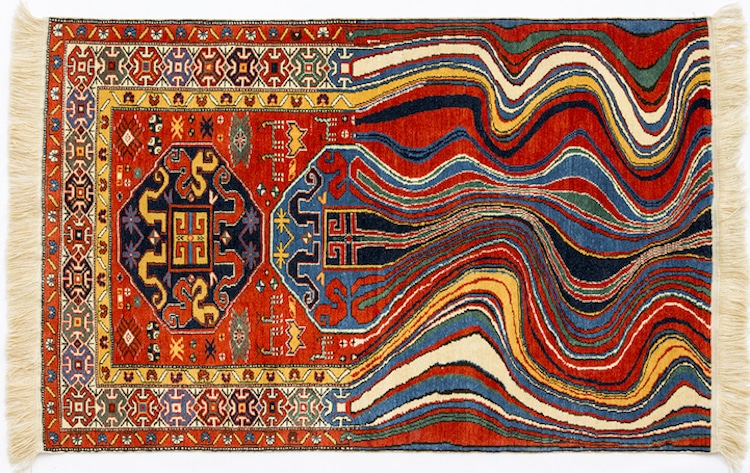
Techniques and Materials: Wearing a World of Possibilities
The multiple techniques and materials used in textile arts form the cornerstone of the field. Weaving, knitting, and embroidery are examples of conventional techniques that have been passed down through centuries. From the intertwined threads of weaving to the tiny stitches of embroidery, each method has its own texture and style. Furthermore, the materials used-cotton, wool, silk, or synthetic fibers- provide another level of intricacy and beauty.

Cultural Threads: The Diversity of Textile Art
Textile art is more than a skill; it is a rich tapestry of cultural history. Each culture contributes distinct themes, patterns, and colors to the art form. For example, Indonesia’s exquisite Ikat fabrics, Ghana’s vivid Kente cloth, and medieval Europe’s beautiful tapestries all convey a tale about their people, customs, and history.
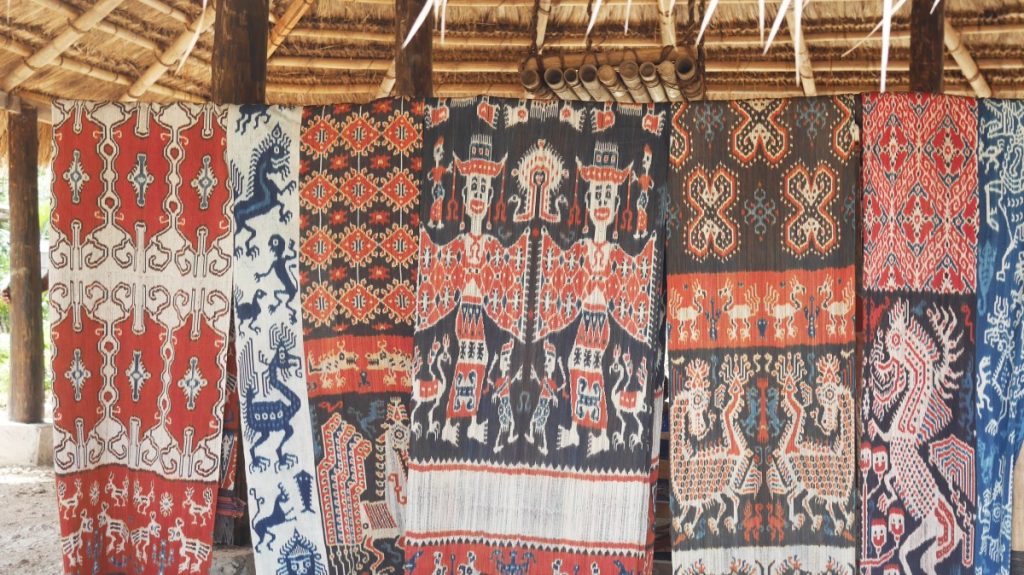
The Personal Touch: Handmade Versus Machine-Made
The dispute between handcrafted and machine-made works is of significance in the field of textile artistry. Handcrafted textiles are filled with the artisan’s distinctive flair and story, making each piece unique in its own way. Machine-made textiles, on the other hand, provide consistency and efficiency. Both have an appropriate place in contemporary life, but the attractiveness of a handcrafted work frequently outweighs the appeal of a machine-made one.
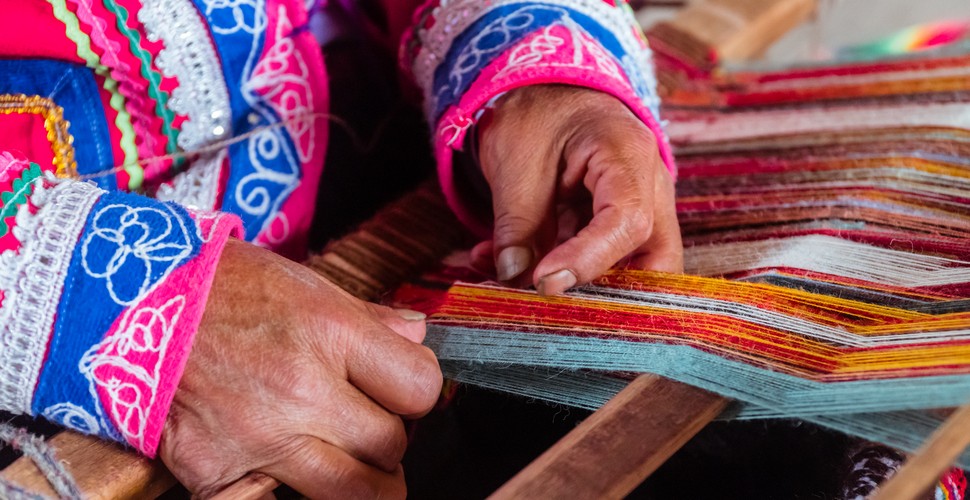
Contemporary Innovations: Blending Tradition with Modernity
Present-day textile artists continually challenge limitations by fusing traditional techniques with cutting-edge technology and concepts. The use of digital textile printing and environmentally friendly supplies are altering the industry. Through their work, artists are currently tackling topics of sustainability, identity, and politics, making textile art just as crucial as ever.

The Therapeutic Weave: Textile Arts as a Form of Therapy
Textile arts have therapeutic advantages in addition to aesthetic ones. Weaving, knitting, and sewing may be contemplative and stress-relieving due to their rhythmic nature. The tactile pleasure of working with fibers brings peace for many, and the act of creation offers an overwhelming feeling of fulfillment and self-expression.
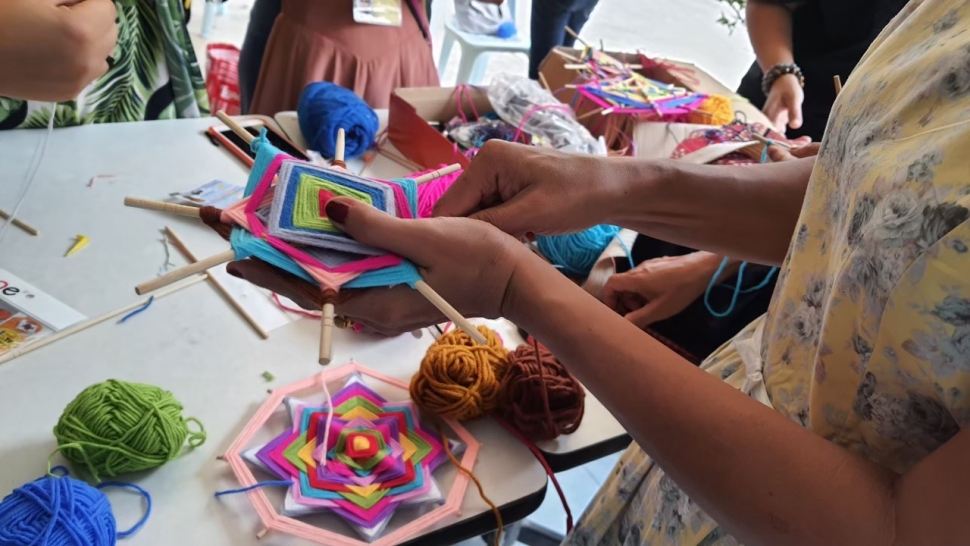
The Educational Thread: Textile Arts in Learning and Development
Fabric crafts are also vital in developmental and educational settings. They instill important abilities like hand-eye coordination, creativity, and patience. Textile arts are becoming more and more incorporated into school and community activities, recognizing its ability to develop creativity and appreciation for other cultures.
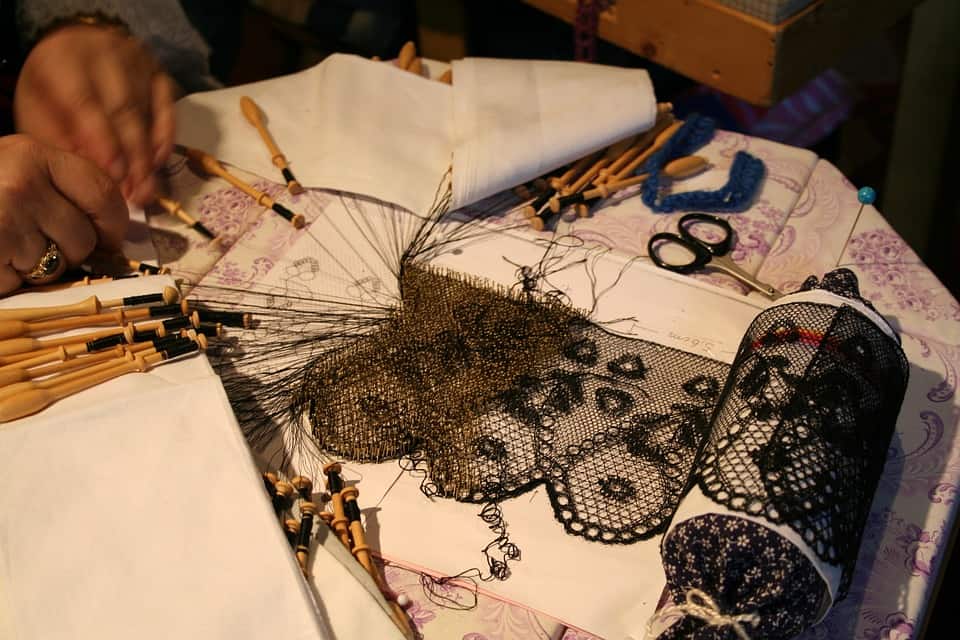
Preserving the Fabric: The Future of Textile Arts
In the future, it is necessary to preserve and promote textile arts. This includes assisting craftspeople, handing on methods to future generations, and acknowledging the cultural relevance of the art form. Textile and fiber arts will remain a dynamic and expanding form of artistic expression with continuous interest and creativity.
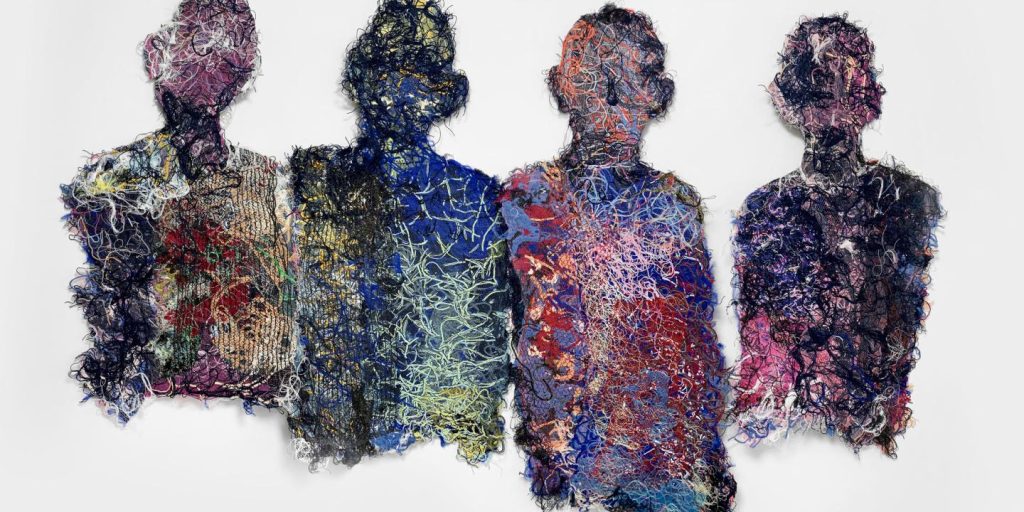
In this regard, textile and fiber arts demonstrate a captivating combination of tradition, culture, and creativity. Throughout history, this art form has embodied the core of human ingenuity and expression. Its many techniques and materials represent not just creative abilities, but also cultural tales and personal narratives. Recent advancements in this discipline demonstrate an intriguing blend of ancient techniques and modern technologies, assuring its relevance and progress. Textile arts continue to enhance lives as a means for learning, a therapeutic medium, and a cultural asset, cultivating a deeper respect for workmanship and legacy. The lively and constantly shifting future of textile arts carries the promise of continuing innovation and cultural preservation, making it a vital thread in the fabric expression.

